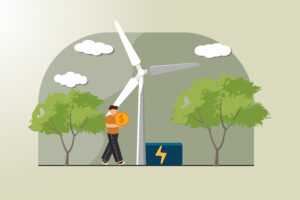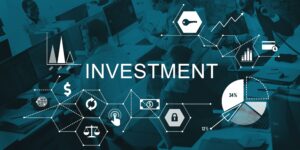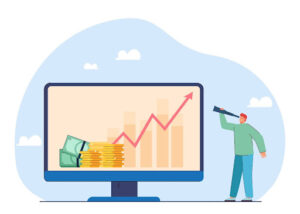For years, nuclear power has been a polarizing topic. Investors are turning their focus to nuclear energy as it reemerges in 2025. With strong policy support, breakthrough technologies, and rising demand for clean, dependable baseload energy, nuclear is positioning itself as one of the most compelling long term investment stocks on the market today.
Still, this is no easy win. The nuclear sector is capital-intensive, politically sensitive, and full of complexities. Success demands more than enthusiasm; it requires strategic thinking, a clear grasp of the risks, and the ability to separate short-term hype from long-term opportunity.
Why Nuclear Is Making a Comeback
1. Policy and incentives: Production tax credits, funding for Small Modular Reactors (SMRs), and public-private partnerships are driving new projects forward.
2. Energy security: Stable, domestic power sources are more valuable than ever. Nuclear delivers consistent output without dependence on volatile fossil fuel markets.
3. Private sector innovation. Companies are advancing designs for safer, smaller, and more efficient reactors while utilities extend the life of existing plants.
The Risk Reward Equation
In a sector this specialized, investment and risk management is critical.
- Regulatory hurdles – Licensing and safety approvals can delay returns.
- Capital intensity – Projects require massive upfront funding.
- Public sentiment – Safety and waste disposal remain sensitive issues.
- Supply chain dependencies – Uranium sourcing and specialized components can be bottlenecks.
Despite these challenges, the combination of policy support and technological progress creates significant upside for disciplined investors.
Market Trends to Watch in 2025
Effective market trend analysis can give you the edge in spotting promising opportunities early. Some current market trends worth following:
- ETF growth – Funds focused on uranium and nuclear energy are attracting more capital.
- Utility stability – Established power companies offer reliable exposure to nuclear operations.
- SMR momentum – Approved designs are moving toward commercial deployment.
Industry consolidation – Larger firms are acquiring innovative startups to expand their portfolios.
Strategies for Navigating Nuclear Investments
- Mix growth and stability – Pair early-stage innovators with established utilities.
- Follow policy closely – Legislative changes can alter profitability almost overnight.
- Look at the supply chain – Uranium miners and reactor component suppliers may benefit indirectly.
- Play the long game – Most nuclear investments fall under long-term investment stocks; patience is key.
- Diversify your energy exposure – Balance nuclear energy with renewables, storage, and other energy assets.
The Road Ahead
The next decade will be pivotal. If SMRs deliver on their promise and waste management technology advances, nuclear could see a surge in adoption, opening opportunities for both established players and emerging innovators.
Final Takeaway
Nuclear energy in 2025 offers a rare mix of growth potential and long-term stability, but it’s not for investors who prefer autopilot. Success will come to those who stay informed, use smart investment and risk management strategies, and keep a sharp focus on current market trends.
Pro Tip: If you’re considering utilities, cutting-edge tech firms, or sector-specific ETFs, let research and a clear strategy drive your decisions. For tools, insights, and real-time updates to help you navigate high-growth opportunities in nuclear and beyond, StockXcel is your trusted partner.






